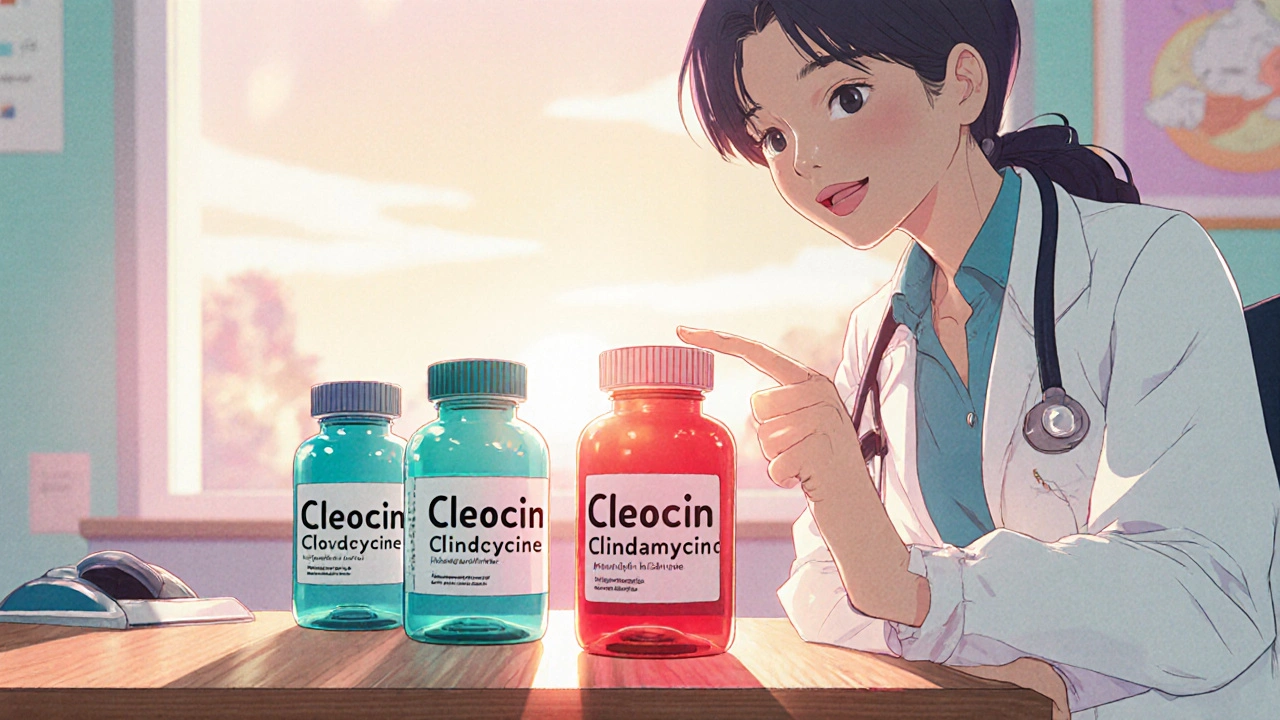When dealing with infections, many people think antibiotics are the only answer. Antibiotic alternatives, non‑antibiotic options that can prevent, treat, or ease infections without using traditional antibiotics, also known as non‑antibiotic therapies, are gaining attention for their safety and effectiveness. Probiotic therapy, the use of live beneficial bacteria to restore a healthy microbiome is one of the most common routes, especially for gut‑related issues.
One reason people look for alternatives is the growing problem of antibiotic resistance. Antibiotic alternatives require understanding how bacteria adapt, which in turn influences treatment choices. Phage therapy, the application of viruses that specifically target bacterial cells offers a precision tool that sidesteps resistance mechanisms entirely. This approach is especially useful for chronic wounds or lung infections where conventional drugs fail.
Topical infections often respond well to antiseptic treatments rather than systemic antibiotics. Antiseptic agents, substances like povidone‑iodine, chlorhexidine, or hydrogen peroxide that kill microbes on the skin or mucous membranes can clear minor cuts, burns, or oral ulcers without disturbing the gut flora. In many cases, the choice of antiseptic depends on the type of pathogen and the site of infection, making it a tailored alternative.
When pain or inflammation accompanies an infection, NSAIDs such as diclofenac or ibuprofen can provide symptom relief while the body fights off the invader. Though they do not eliminate bacteria, they reduce fever and swelling, allowing patients to avoid unnecessary antibiotic courses. This strategy aligns with the principle that “not every fever needs an antibiotic,” a mindset promoted by many infection‑control programs.
Beyond resistance, alternatives can lower the risk of side‑effects like diarrhea, allergic reactions, or kidney damage that some antibiotics cause. They also preserve the natural microbiome, which plays a role in immunity, metabolism, and mental health. For example, herbal extracts such as oregano oil, garlic, or tea tree oil have demonstrated antimicrobial properties in lab studies, offering a gentle bridge between prescription drugs and home remedies.
Lifestyle tweaks—adequate sleep, balanced nutrition, and proper wound care—act as invisible allies. A well‑kept immune system can often fend off infections without any drug intervention. Combining these habits with targeted alternatives creates a layered defense that reduces reliance on antibiotics.
Below you’ll find a curated list of articles that dive deeper into each of these options, comparing them with traditional antibiotics, explaining how they work, and giving practical tips on when and how to use them safely.

Compare Cleocin (clindamycin) with common antibiotic alternatives, covering efficacy, dosing, side effects, and cost in a concise guide.